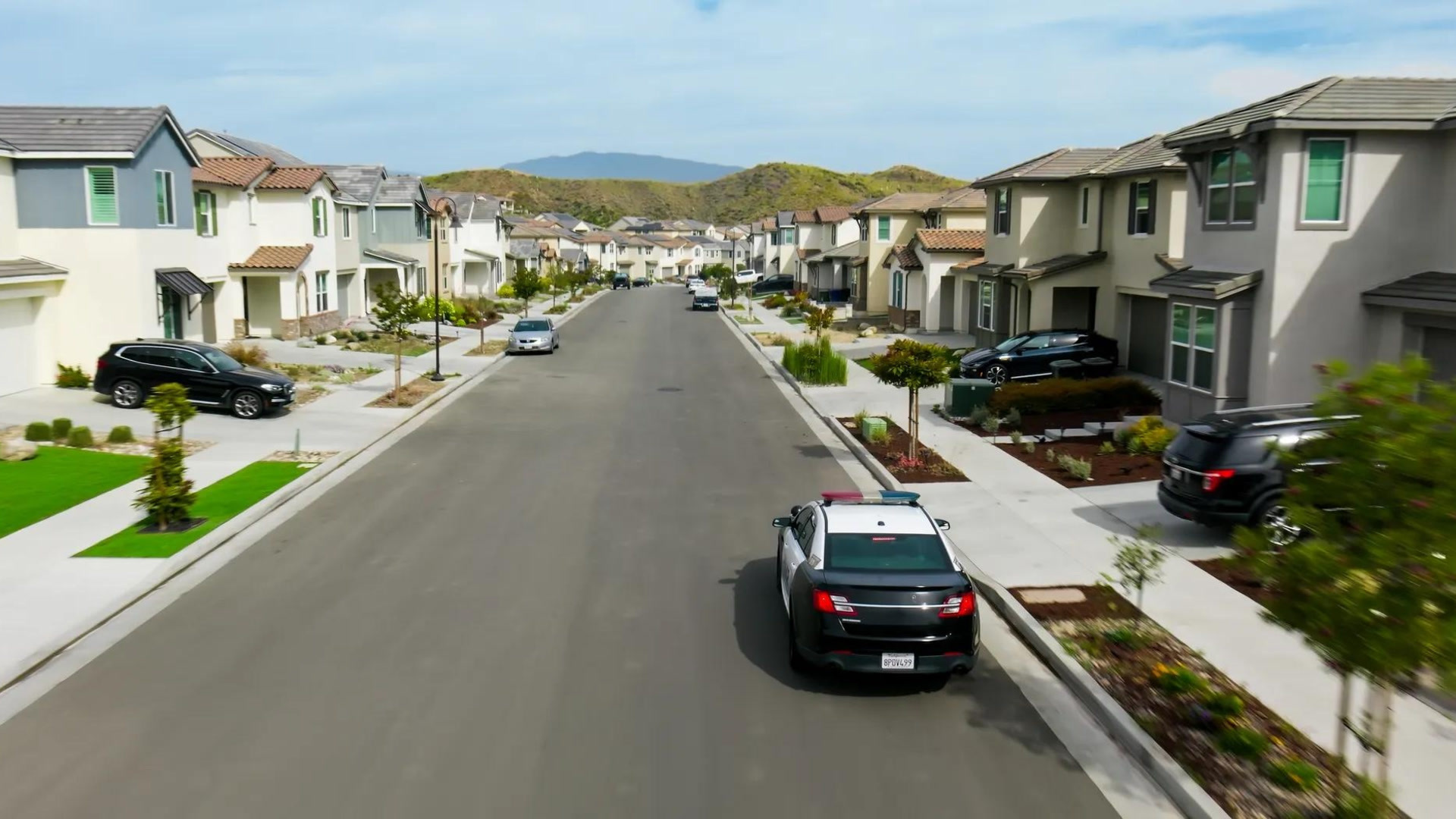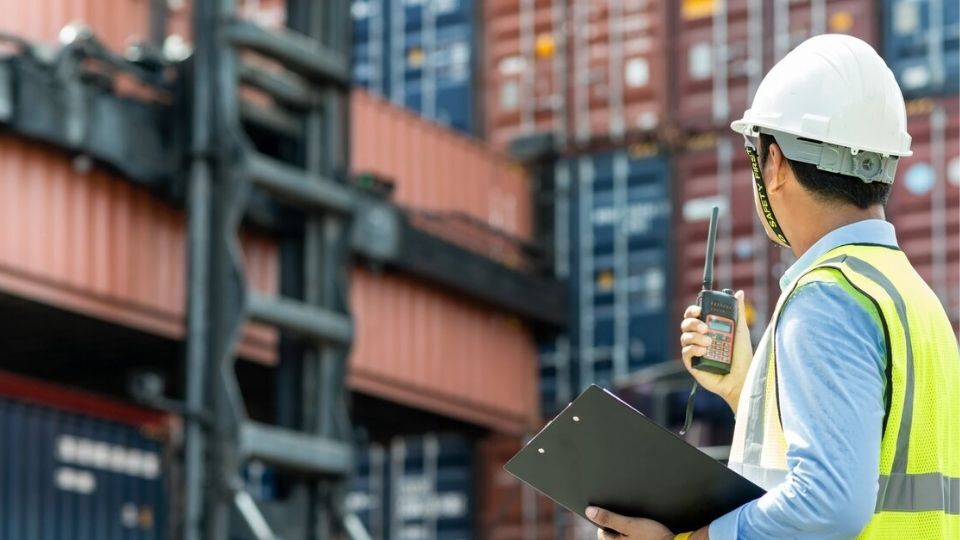Public safety agencies: Four principles for a stronger relationship with your community
Integrate fleet data with smart policing principles and clear communication to demonstrate accountability, fiscal responsibility and your overall commitment to public safety.
By Geotab Team
Aug 20, 2025

Key Insights
- Building strong ties between communities and law enforcement requires smart policing, transparency and clear lines of communication backed by fleet insights
- Police body camera footage and fleet data can provide a comprehensive view of all police operations
- Enhance police accountability and public safety through a tech-driven, transparency-first approach
Strong public safety is a universal aspiration for all communities, but it's often overshadowed by challenges with public trust in policing. In an age where police departments are expected to be as accountable and fiscally responsible as possible, the need for transparency is undeniable. How can police departments meet citizen expectations and build greater public trust? The answer is by deploying smart policing strategies that are based on data, not assumptions. In this blog post, we’ll examine four guiding principles that can make stronger public trust a reality for your department.
Enhance accountability through smart policing
Smart policing promotes stronger accountability because it aims to eliminate potential biases, effectively allocate resources and maintain strong communication between departments and citizens. According to the U.S. Department of Justice’s Smart Policing Initiative (SPI), smart policing relies on five core practices:
- Performance measurement and research to determine the policing techniques that are and aren’t effective for an individual community.
- Strategic targeting that identifies high crime hotspots to more efficiently focus resources.
- Making optimal use of intelligence and data to develop effective crime reduction strategies.
- Managing and sustaining organizational change, using evidence-based strategies to sustain the new policing approaches that emerge from the first three practices.
- Outreach and collaboration, emphasizing department communication with government, criminal justice and community stakeholders at all levels.
For smarter, safer, and more effective policing, it's essential to leverage impartial data from sources like body cameras and fleet management solutions. This data not only aims to enhance officer effectiveness on patrol, but also serves as a crucial tool to keep your personnel accountable. For example, Geotab’s police fleet management solution gives you full insight into your officers’ driving behaviors and collision risk, so you can be sure they are driving safely whenever possible.
Learn how our rich safety tools can reduce risk and exonerate your officers of fault during a collision.
- Predictive insights: Forecast your police fleet’s probability of a collision over its next 100,000 miles. Monitor risk changes over time to determine if your safety policies are making a positive impact.
- Driver scorecards: Monitor and reduce risky driving behaviors like speeding, abrupt acceleration and aggressive braking. Encourage safer driving through data-driven officer coaching.
- Collision reconstruction: While reducing risk is key to preventing collisions, they still can happen. If one occurs, impartially assess the events surrounding it with data. Extract insights to determine fault and whether corrective actions are needed.
Safer driving results in a safer community. Build trust by slashing risk in your operations with Geotab.
Maintain a transparency-first approach with citizens
Police transparency is another critical component for a stronger relationship with the public. To demonstrate transparency and further improve trust, regularly release non-confidential information and engage your community as an active crime-solving partner. Effective two-way communication with the public keeps them aware and involved, prevents perceptions of deception and strengthens your bond with citizens.
Geotab’s platform gives you powerful insights to boost public transparency by providing raw, impartial insights into your operations. With our integrated solution, you can assess all of your department’s activities from a single place and report on:
- Seat belt usage and unsafe driving habits, so you can improve driver behaviors behind the wheel
- Airbag deployments, enabling you to know about collisions faster and respond more promptly
- Gun rack events, to know what actions your officers take during an escalating situation
- Cabin temperatures, for humane suspect and K-9 transport
- Lights and siren usage, allowing you to verify that they’re only activated when needed
- Vehicle diagnostics and engine faults, so you can perform smarter, more cost-effective maintenance and wisely use public funds
- Vehicle distances driven within zones, making it easier to monitor which areas of your district are patrolled most often and demonstrate equity
Gain a complete, unbiased view of your officers’ activities by reviewing all operational data within one solution. This ultimately makes it easier to recognize mistakes if they occur, take corrective action and keep the public more informed. You can even use fleet insights to pinpoint how many of your vehicles are currently patrolling high-crime or underserved areas and allocate resources more strategically. Keep your officers where they're needed most to prevent disparities and promote transparent, community-oriented policing.
To learn more, download our building public trust with emerging technologies ebook.
Provide reliable and responsive service to the community
Citizens want to feel that their police department will quickly come to their aid during an emergency. But unplanned downtime can sideline both vehicles and officers, which limits response capabilities and undermines public trust. Help keep your police vehicles in top shape and ready for service with Geotab’s powerful maintenance tools:
- Receive critical diagnostic alerts to quickly identify and remove unsafe vehicles from the road
- Measure vehicle breakdown risk and evaluate recommended actions
- Accurately predict and prevent equipment failures before they occur
- Prioritize repairs based on severity and risk of failure
- Schedule routine vehicle service at non-essential times, based on individual usage
- Optimize inventory management through precise forecasting
And during critical scenarios, situational awareness is just as important as dependability. Geotab helps you enhance situational awareness and make smarter decisions with real-time insights. For example, our collision detection capability supplies nearly instant, actionable knowledge about major and minor incidents, so you can remain adaptable and ready to appropriately respond: No matter the situation.
Demonstrate fiscal responsibility
In today’s political landscape, public scrutiny around government spending remains at an all-time high. This reality makes it even more important for today’s police departments to demonstrate that they’re stretching every taxpayer dollar and spending within budget while still delivering the essential services that keep the public safe.
Start by optimizing your fleet costs to prove your department is using public funds responsibly. To drive savings and improve response capabilities, consider investing in an AI-enabled fleet management solution. Platforms like Geotab’s can help you get more out of your police vehicles, reduce operational expenses and make smarter, faster decisions.
Below, we’ve shared three powerful tips to cut costs and build greater public confidence through technology:
- Enhance vehicle longevity through predictive maintenance - Predictive maintenance allows you to identify smaller component issues before they become more expensive to fix later on. Rely on proactive data to make key maintenance decisions that optimize fuel efficiency, prevent headaches and lengthen police vehicle lifespans.
- Curb unproductive idling - With gasoline prices constantly in flux and no way to track consumption, properly budgeting for fuel can feel like a frustrating guessing game. But with tools like Geotab’s idling reports, you can track idling trends over time in your police fleet and develop strategies to curb unnecessary fuel burn. For example, Peel Regional Police used Geotab to monitor unproductive idling and cut it by nearly 80% in their fleet.
- Balancing utilization and right-sizing the fleet - Measure your vehicles’ utilization rates to determine if your department’s assets are being used evenly or often enough. If you find that your police fleet has a surplus of underused vehicles, it may be time to either balance their usage or right-size. For example, Geotab’s Asset Utilization dashboard makes it easy to determine utilization and right-sizing opportunities based on a number of KPIs, including days driven, drive times and mileage. If you’re noticing mild usage imbalances between vehicles, strive to even them out. However, if larger usage deltas exist, consider reducing your fleet’s size. Optimized vehicle utilization is a win for your department’s budget and the taxpayers you serve.
Saving money and increasing efficiency, without letting police safety or service quality slip, should always be your goal. However, these efforts can’t happen in the shadows if you want to build greater public trust. Letting the public know exactly how money is being spent and the value they are getting for it is an important part of police accountability and building trust. Remember: Effective, transparent communication is critical for a stronger community relationship.
Cultivating an era of trust in public safety
For modern public safety teams, smart policing and prudent spending aren’t simply optional. These principles form the bedrock of strong public trust. By embracing data-driven technologies and transparent communication, your police department can strengthen public ties and more effectively protect everyone who calls your community home.
To learn more about building stronger public trust in policing, download our ultimate guidebook here.
Subscribe to get industry tips and insights
Frequently Asked Questions
There are several ways law enforcement can build stronger public trust, including through:
- Disseminating non-confidential data that indicates how the department is operating
- Demonstrating effective use of public funds
- Using fleet management tools to reduce collision risk
- Building strong community outreach programs and working together with the public
Stronger community relationships benefit both citizens and law enforcement. Greater trust reduces tensions, enhancing officer and citizen safety. Transparent communication also empowers citizens to assist in crime-solving, which makes your job easier.
The Geotab Team write about company news.
Table of Contents
Subscribe to get industry tips and insights
Related posts
.jpg)
.png)
AI dash cams vs. traditional: Which delivers better fleet safety?
December 8, 2025
5 minute read

The $4B Crisis: Video Intelligence as the Answer to Fleet Distraction
December 2, 2025
3 minute read

The True Cost of Cargo Theft: When Customer Trust is on the Line
November 24, 2025
2 minute read

Law enforcement technology: Four trends to know for 2026
November 7, 2025
6 minute read

Four seasons of fleet intelligence with Geotab's Public Works solution
November 7, 2025
2 minute read